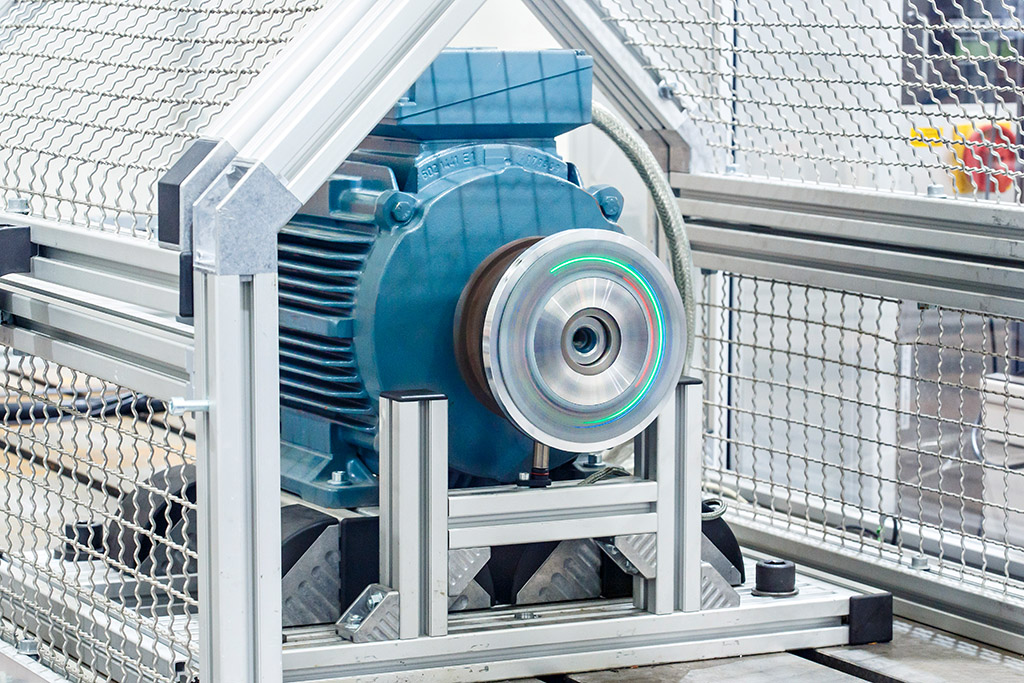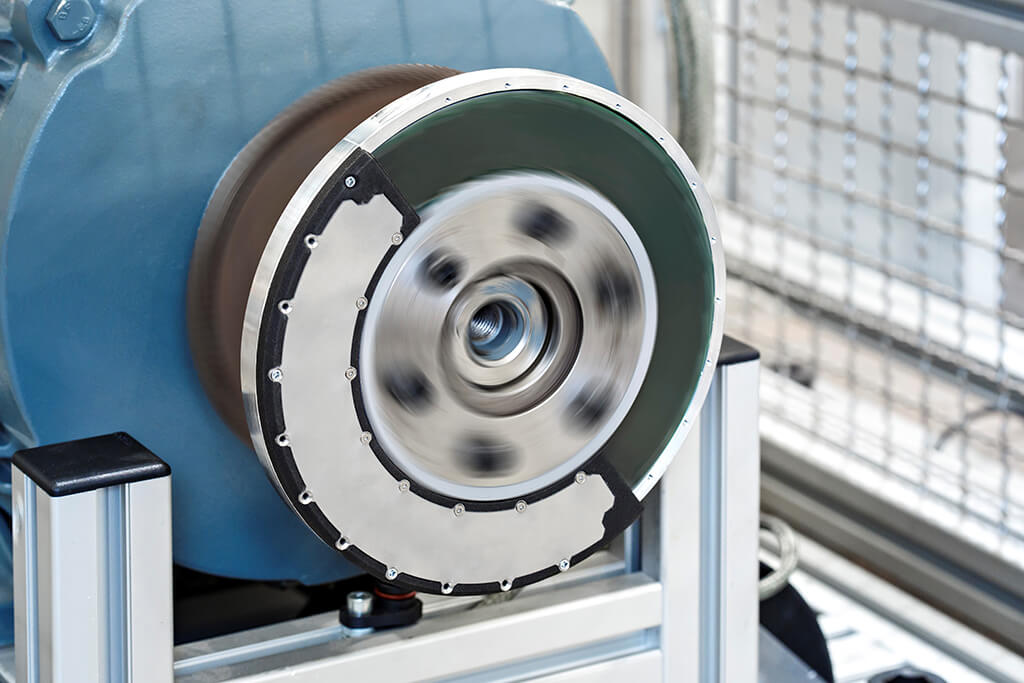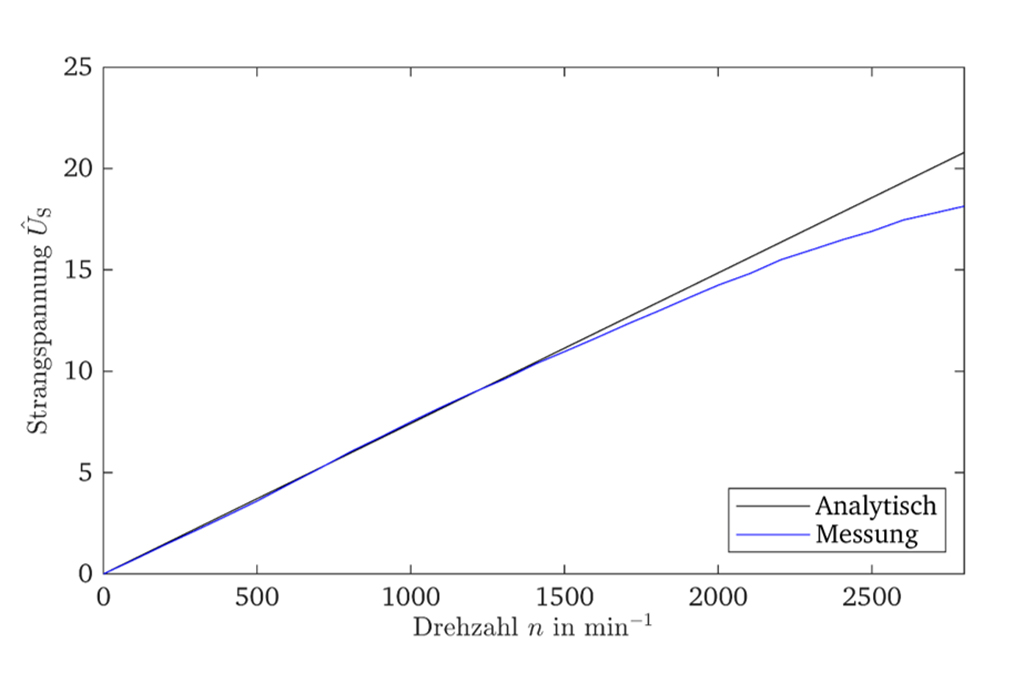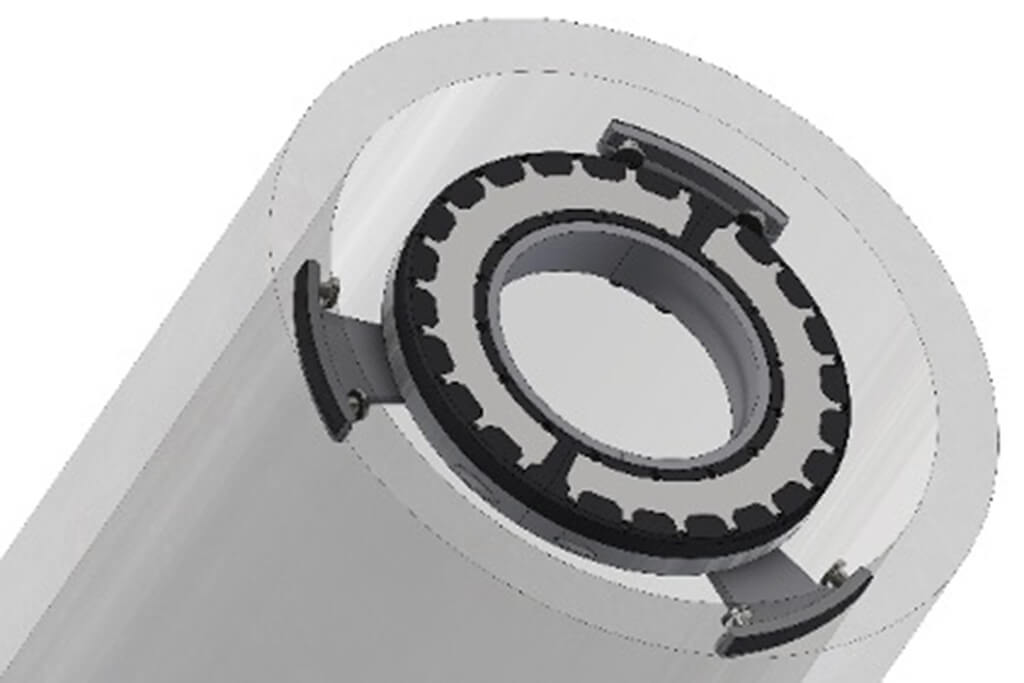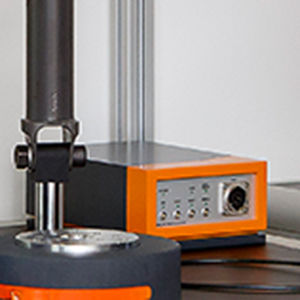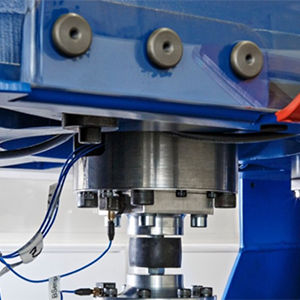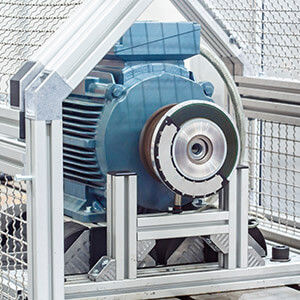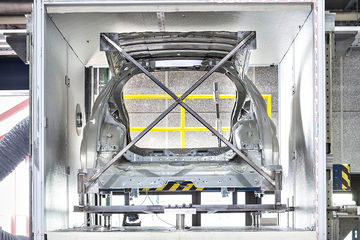Product-related Energy Self-sufficient Sensors in Rotating Systems.
ENERGY SELF-SUFFICIENT SENSOR SYSTEMS, ENERGY HARVESTERS, CONDITION MONITORING, INTELLIGENT DRIVE TRAIN
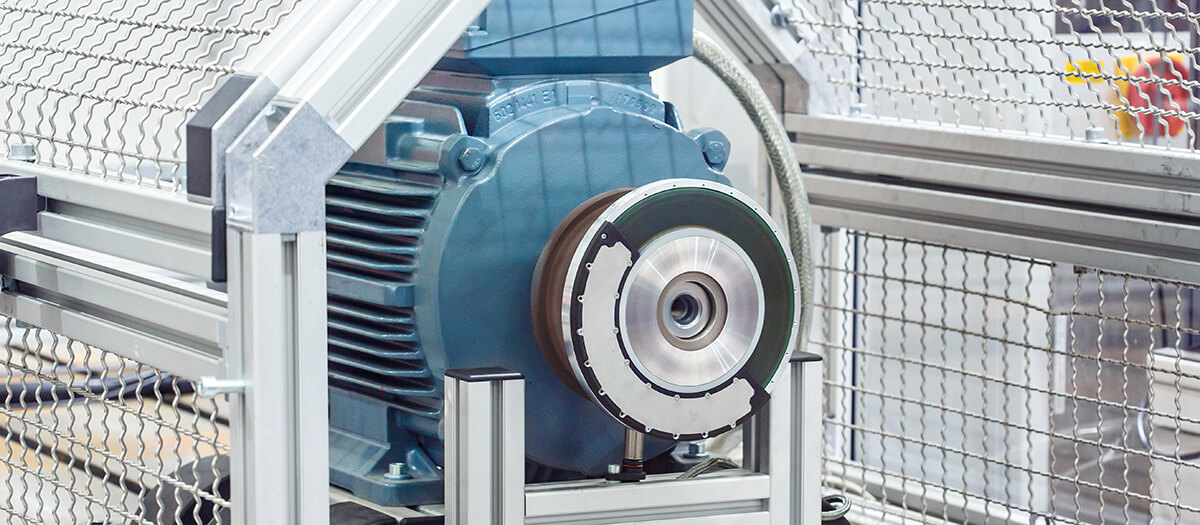
Intelligent drive systems feature continuous monitoring of the operating conditions of a drive train. By attaching sensors to drive shafts, rotating parts can be monitored in real time. Using a broadband speed range, the energy harvester developed at Fraunhofer LBF can be used to supply sensors as well as for wireless data transfer. The advantage of the system is that it can be attached to existing drive components easily, with no necessity to change the carrier system.
The sensor-based monitoring of rotating components including wireless data transfer becomes increasingly relevant as part of digitalization. Through the strain and condition analysis of rotating systems in real-time, economic damage resulting from long downtimes can be avoided and residual life spans calculated. The monitoring of rotating components proves difficult as sensors which are attached to a drive shaft, for example, have to be supplied with energy. The energy self-sufficient sensor system developed at Fraunhofer LBF is equipped with an energy harvester which constitutes an alternative to slip rings that are prone to wear and tear and batteries requiring intensive maintenance.
Integrated energy management for reliable energy supply
The aim is the continuous energy supply of sensors and ultimately enabling users to have condition information at their disposal as soon as the drive system is rotating. An energy harvester offers a solution in the form of an axial flow machine which continuously supplies electrical components (microcontrollers, sensors and sender unit) with energy via a broadband speed range. Due to the relative movement between an electrical conductor and a magnetic field, rotation energy is converted into electrical energy. A pendulum fitted with a magnet serves as a stator and is held in position by the weight force, against which the coiled rotor rotates. To operate MEMS (Micro Electro Mechanical System) sensors including microelectronic data pre-processing and data transfer, 50 milliwatt output is already sufficient and is provided continuously by the prototype developed. However, significantly higher outputs, up to several watts, are generated depending on the speed. With the help of a down converter, the integrated energy management ensures a continuous supply of the output required by the sensor network alone.
Easy system, simple installation
The energy self-sufficient sensor system combines all components (mechanical components, electronics, sensor systems and generators) in one part. Moreover, it features a thin-walled lightweight design as well as a clamping mechanism, so the system can be very easily attached to existing components with low axial assembly space. This does not require any change to the carrier system.
Energy self-sufficient, effective sensor system
If a pre-set threshold speed is reached, all electronic components are supplied with energy. Using acceleration sensors, tangential accelerations of a wave can be measured on one hand and pre-processed data can be sent to an external mobile device using wireless technology on the other hand.
Independence from external energy sources as well as the total absence of (electro)mechanical connections between the rotating and the existing system constitute significant benefits compared to customary solutions. In addition, the sensor system may be attached directly to the monitoring work area as well as to points that are difficult to reach in rotating systems (e.g. in tool machines or drive trains).
The SmartPS publicly funded project as part of the MARTEC Call (BMWi and PTJ), cooperation with Reintjes Power Train Solutions, Continental Contitech, Deltamarin, BNTU, Gdansk University of Technology)
Development of rotating sensors: First attempt in boat propulsion in river transport in cooperation with Center for Photonics and Quantum Materials of Skolkovo Institute of Science & Technology.

“Particularly in maritime drive trains, which show high diversity regarding complexity and size, energy harvesters are very suited to generating energy for sensors or actuators. Their benefits can be further increased by adding an intelligent low-energy control strategy. This is highly relevant in the trend towards predictive maintenance designs.” Dr. Thomas Kruse (project partner Reintjes GmbH)
Contact
- Matthias Gerhardt, M.Sc.
- Phone: +49 6151 705-598
- matthias.gerhardt@lbf.fraunhofer.de
- M. Eng., Dipl.-Ing. (FH) Michael Koch
- Phone: +49 6151 705-413
- michael.koch@lbf.fraunhofer.de
